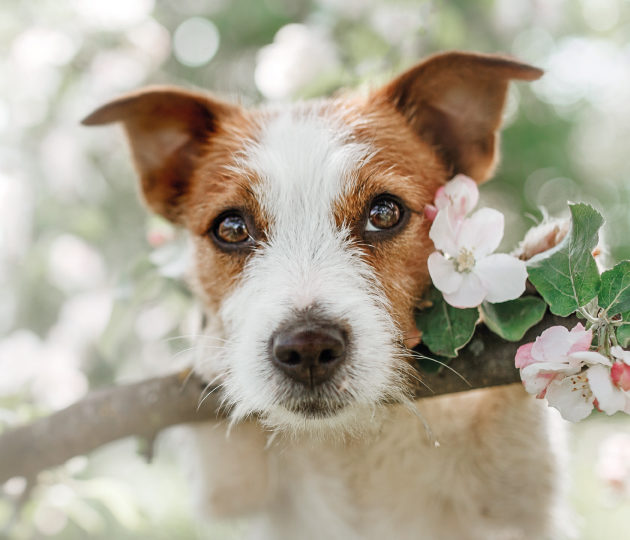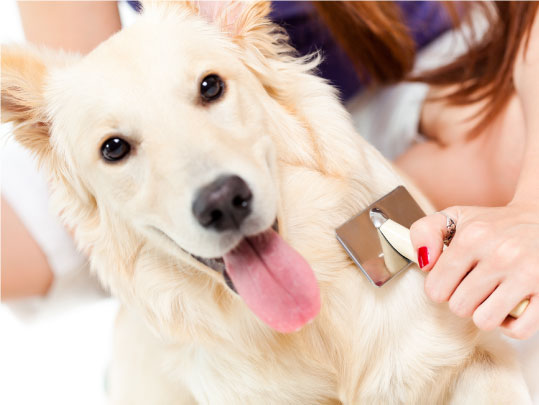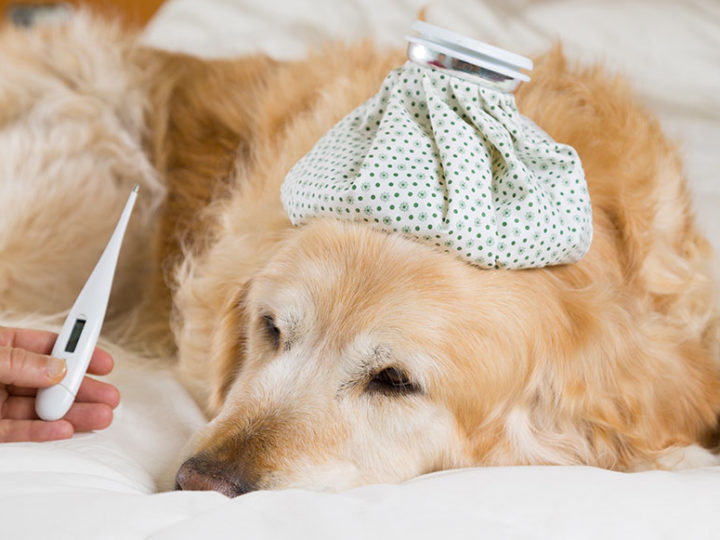
With the advice of Andrea Porciani, Master Yuup! and owner of the ANDREA PET GROOMING salon in Viterbo.
Can we cut the dog’s nails? and the cat’s?
Trimming the nails of a dog or cat may seem like a pointless torture and a way of denaturing the animal. Yet… what do we know about nails and claws?
We are very familiar with the nails of Rex, a dog over half a metre at the withers, especially when he puts them on our chest. But the nails of the smallest dogs are no slouch either, especially when the sly one, looking for cuddles, jumps on your arms, marking your legs. So, it is necessary to cut the nails, but carefully.
And the cat’s nails?
Elegant claws, often imitated in women’s manicures, which become demonic when Lulu attacks the sofa or the wicker chairs. And if, for some reason, our Aristocat with slightly long nails decides to “knead” our tummy, it will be just like an acupuncture session.
But our pets see it from a different point of view. For them, nails are essential tools, enabling them to grip the ground or, when necessary, to climb a tree.
That is why it is essential to help them to keep these “instruments”, that nature has given them, healthy and working, by trimming their nails just enough.
Why are dogs’ nails clipped?
Nail clipping for dogs is not, as we mistakenly think, an aesthetic operation or an operation to preserve the parquet. We do not cut their nails for aesthetic reasons or because they make an annoying noise on contact with the floor.
Especially for our most domestic pets, it is a precaution to prevent too long nails from causing discomfort or infections. In addition, the dog walks badly if the nails are long and over time, if they are not trimmed correctly, we risk altering the posture and changing the morphology of the paw itself.
How often do we have to trim the dog’s nails?
First we have to assess the type of life, i.e. whether it is basically domestic or lives also outside. The nails of Minnie, a professional couch potato, are more likely to grow and curl up than those of Noah, a free spirit from the woods.
There is therefore no specific rule for deciding how often to trim a dog’s nails. However, the more often we cut the nails, the more we will facilitate regular growth and the easier it will be to identify the portion to be cut without touching the quick of the nail (which is not cut!).
Once the nail has been trimmed, we advise you to respect the monthly frequency of maintenance. For dogs that live outdoors and are large in size or those that go for long walks, it is possible to extend the frequency, as they are consumed naturally.
And the cat’s nails?
In general, a cat’s nails are not cut, as cats file their nails by themselves using scrapers (which can be easily found in shops). What’s more, doing their nails in this way helps to remove the surface layer that tends to flake off.
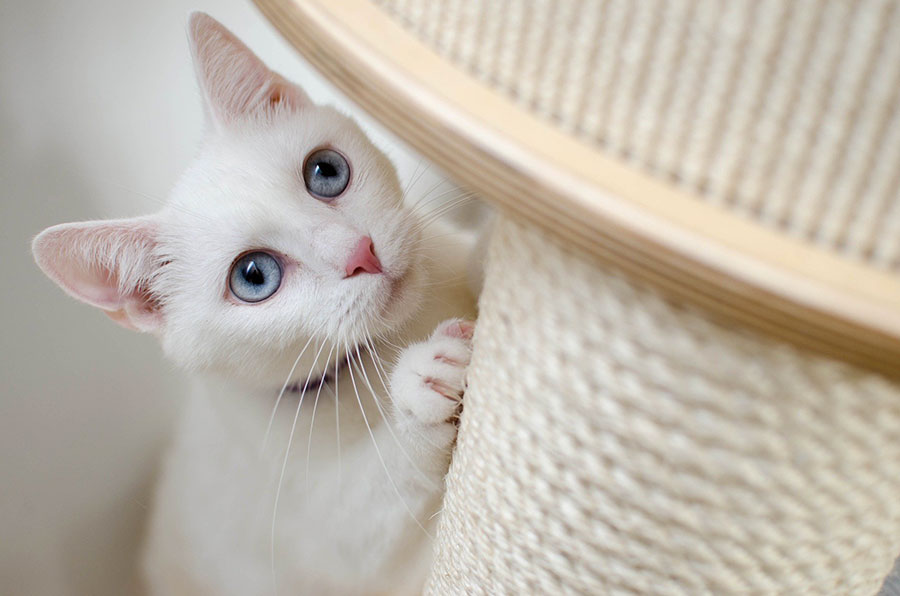
However, it can happen, especially in elderly cats or cats that are not able to scratch their nails, that the excessively long nails take the shape of a hook and pierce the animal’s pad, causing discomfort.
Dog’s and cat’s nails: morphology
Dog’s nails can be light or dark in colour; it is only a difference in pigmentation, but they have the same composition.
Inside the nail is the living tissue, called quick, rich in nerve endings which must never be cut.
The cat, on the other hand, has very sharp retractile nails (you know this because you have experienced it in your own flesh, right?), which the animal uses to hunt, mark its territory or to facilitate an escape (scene: Coco climbs nimbly to the top of the tree and Noah looks dejected at her from below).
What do I use to trim the dog’s and cat’s nails?
Forget the scissors or nail clippers for humans; it is necessary to resort to special tools for dogs and cats, i.e. pliers or nail clippers for dogs or cats, which will help you to minimise the risk of hurting your pet.
They are available in different sizes, generally large or small. In the case of dogs, they are chosen according to the size of the animal and the surface of the nail. It is best to make a clean cut to avoid flaking the nail.
Trimming your dog’s nails: what to do
To cut the dog’s nails, first of all we must take into account the colour of the nail. If the nail is light, we cut ¾ of the lighter part. If, on the other hand, the nail is dark, the cut is a little more complicated because we cannot see the quick that we do not have to cut. It is therefore better to pay attention and act with caution.
For a correct operation, cut at an angle of 45 degrees, always following the anatomical shape of the nail. The anterior and posterior dewclaws must be cut in the same way as the rest of the nails, paying attention and making sure that the posterior dewclaws do not overgrow.
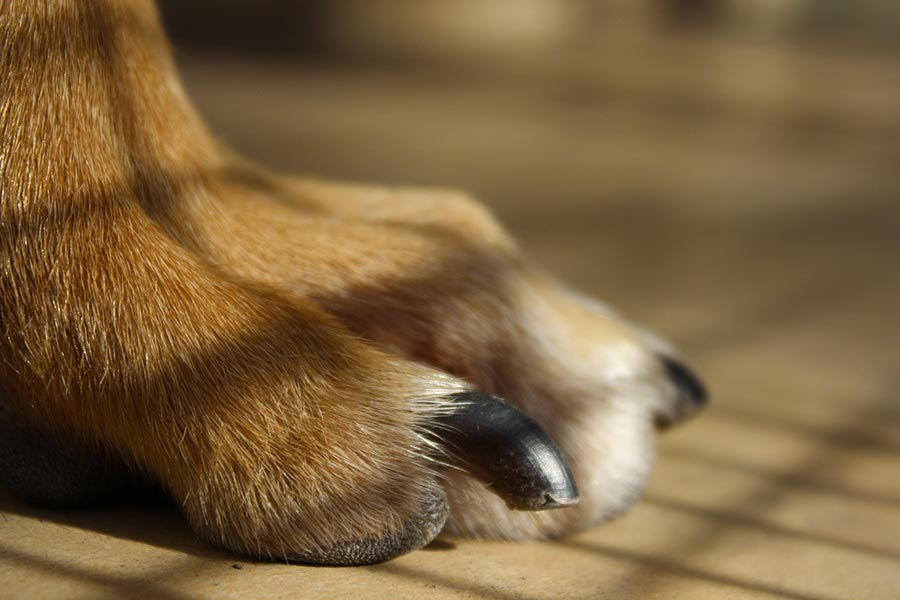
If you want to make life easier and make Max not consider you his worst enemy when you pick up the nail clippers, you can start by cuddling and massaging his paws, to get him used to having his paws touched so that he can feel calmer and more serene.
When you have finished trimming the nails, don’t forget to give him a reward and tell him that he has behaved well; he has trusted you and that is no small thing.
To cut the cat’s nails, we need a bit of skill.
Once you have “convinced” the cat to stay still, gently press down on the pad so that the claw comes out (remember they are retractable?). Once we have reached this point, with a specific nail clipper for cats, we will cut cleanly (it will be more like a small trimming). Here again, we must be careful not to cut the living, vascular tissue, which is more visible and pink in cats.
In the case of stubborn cats or cats with hooked nails, it is best to ask the vet for advice.
“Noo, I’ve hurt him!”: what to do if your dog’s or cat’s nail bleeds
If by mistake you have cut too much, because you have cut the quick and it has started to bleed, don’t panic! It’s actually ok if the nail bleeds by mistake (but it might make your four-legged friend think twice next time).
Disinfect the area with a normal wound disinfectant or use haemostatic powder, which you can find in shops, which will block the blood flow (it’s best to always have disinfectant and haemostatic powder on hand).




